Now that cannabis is legalized in a majority of the United States and Canada, new regulations to help protect consumers lead us to an important question: What are they getting? Here, we'll help provide the answer. Image source: Shayanne Gal/Business Insider Some of...
Tags

An overview: LC-MS analysis of targeted protein degraders and their metabolites
Targeted protein degraders (TPD) are a relatively new therapeutic modality that opens the potential to target disease-causing proteins. These disease-causing proteins have been highly challenging for traditional small-molecule therapeutics to treat, making TPDs an exciting new therapeutic modality.

Guide decisions during cell line development with more information at the intact level
Monitoring product quality attributes (PQAs) throughout monoclonal antibody (mAb) development is vital to ensuring drug safety and efficacy. By adopting orthogonal analytical techniques and integrating new technologies that have the potential to provide more information, it is possible to improve product quality and manufacturing efficiency and make more informed decisions.
Processing ZenoTOF 7600 system data with DIA-NN software
DIA-NN software is a powerful software tool for processing data independent acquisition (DIA) proteomics datasets. It uses neural networks and other algorithms to identify and quantify peptides and proteins from DIA data and is specifically optimized for fast...
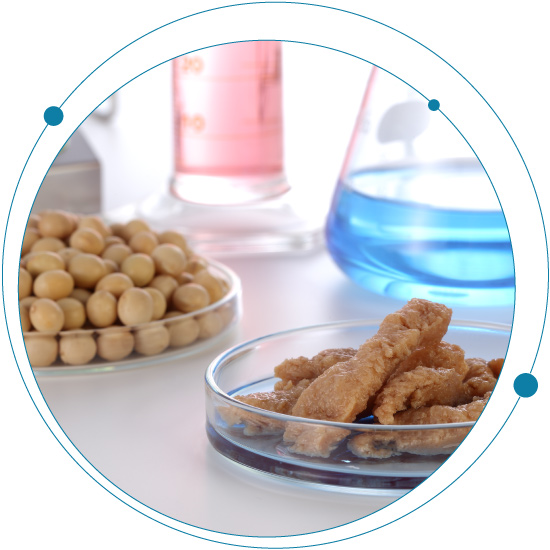
Meat vs plant based. What is the best option?
As we become more conscious about the planet, healthier lifestyles and our duty to protect the environment, attitudes and behaviours are shifting when it comes to food consumption.
How is the protein level fold-change computed on proteomics data using Assembler app?
With bottom-up proteomics, we quantify peptides in the sample and then infer the protein level quantitation from that data. However, due to post-translational modifications, different protein isoforms, etc. we don’t always expect that all peptides associated with the...
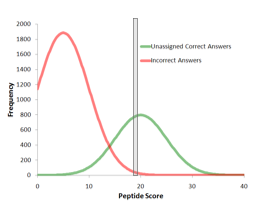
Computing protein confidence with improved accuracy by reassessing peptide confidence during protein grouping
ProteinPilot software 4.0 and higher releases include a new method for calculating protein confidences that improves reliability at the end of protein lists. Figure 1 shows a simulated example that demonstrates how more accurate protein confidence is computed. Figure...
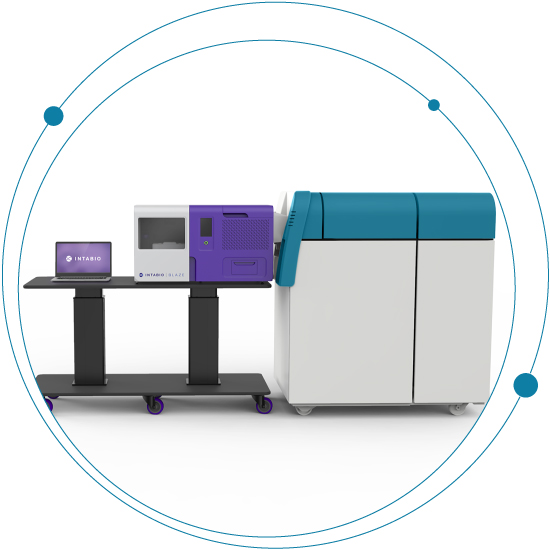
Intabio acquisition expands SCIEX portfolio of impactful solutions to accelerate biotherapeutic development
Due to the nature of their production, biotherapeutics are difficult to manufacture. Growth conditions, purification protocols and formulation requirements can introduce unintended modifications into the protein structure that may affect its efficacy and safety.
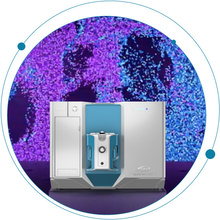
Breaking down the SCIEX Triple Quad™ 7500 LC-MS/MS System – QTRAP® Ready
Sensitivity and robustness carry different meanings in the world of mass spectrometry. Generally, sensitivity refers to an instrument’s ability to achieve lower limits of detection (LOD). Robustness, on the other hand, refers to an instrument’s ability to consistently...
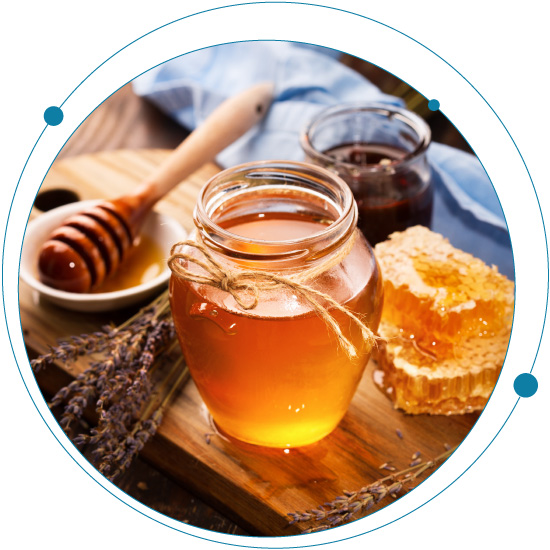
The honey sting
As a consumer it’s hard for me not to feel inundated with claims that our food is “all-natural” or “chemical-free” or that we should buy certain “superfoods” for their health benefits. We read labels and trust that the product we are buying is what we are truly...

Innovation that’s blasting through limitations in explosive detection
Mass spectrometry’s important role in identifying explosives The need for rapid explosive detection is now an unfortunate reality. The remit is multifaceted. The first is for preventative purposes, to protect us from any threat to life. The second is in the...

The Latest and Greatest for Improving Lipidomic Analysis by Mass Spectrometry
Differential Mobility Separation (DMS) resolves multiple lipid classes within complex lipid matrices prior to MS analysis to enable more confident identification of lipid species and more accurate quantitation by MS/MS. Lipidomics research has progressed rapidly in...

Out with the “If it Ain’t Broke, Don’t Fix it” Approach. In with Remote Monitoring.
Often by the time you’re aware of a problem, it’s too late, and disaster has already struck. You’re forced to pick up the pieces—downtime, reduced productivity and lost data. When your PC goes down, IT comes to the rescue. That’s a reactive approach. In many cases, IT...

Increase your Lab’s ROI with Remote Monitoring Service for SCIEX LC-MS Systems
Like most organizations, your lab is likely thinking about ways to reduce costs and maximize profits.If so, keep in mind that no matter your area of research, sample volume or locations, remote monitoring services can make a difference in yearly maintenance...
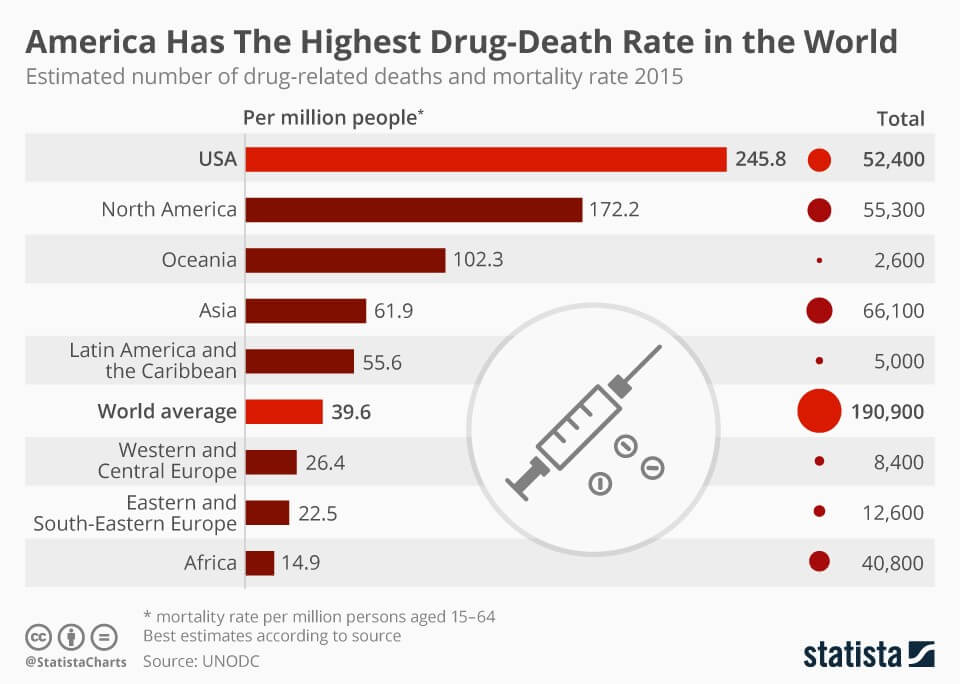
SWATH Acquisition: A Step Closer to Unravelling the Opioid Puzzle
Drug overdose has become one of the leading causes of death of Americans under 50. If that’s not bad enough, let’s put this into perspective. America makes up only 4% of the world population. In 2015, it recorded 52,400 drug-related deaths, which is about 27% of the...

Greater uptime equals higher productivity
In the old days, if you wanted to monitor your lab’s data, you would either remain by your instrument as long as it took to complete the sample run or dial-in via a telephone modem. Neither option, however, offered much in the way of enhancing productivity. Today’s...
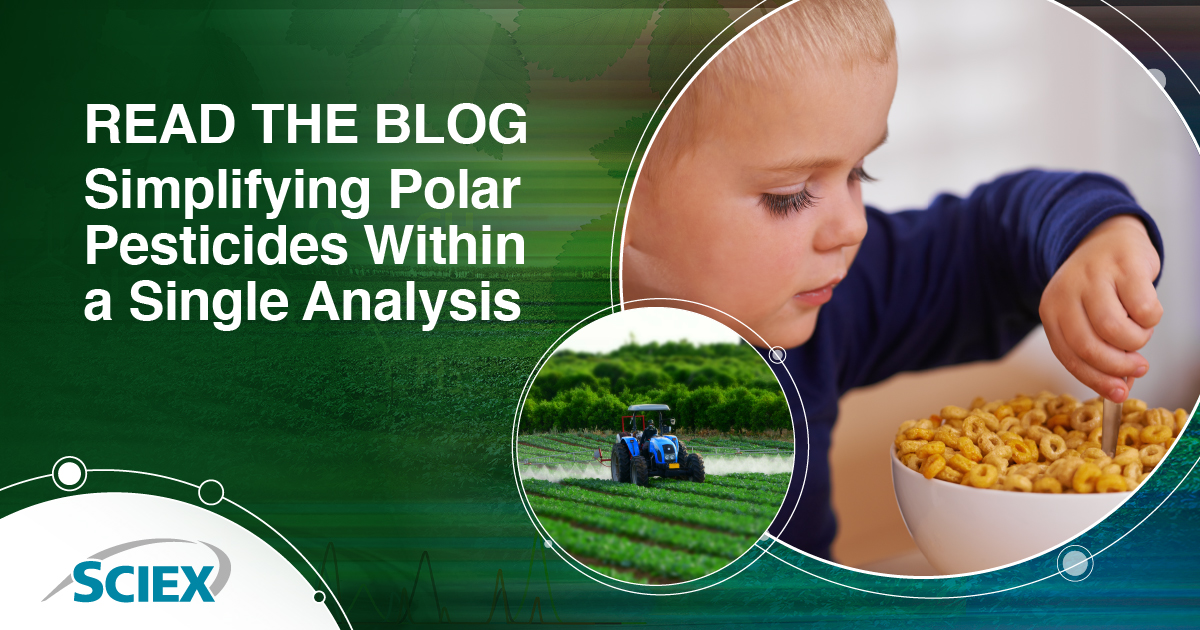
Simplifying Polar Pesticides Within a Single Analysis
Glyphosate is a polar pesticide widely used as a garden herbicide. It is an ingredient in the world’s bestselling weed killer, which farmers consider one of their best solutions to their super weed problems. However, the chemical has become one of the most...

The Ultimate Selectivity for Peptide and Protein Quantitation
There’s no doubt about it, biopharma drug development is experiencing phenomenal growth and presents a variety of challenges not experienced in small molecule development. Some of these challenges are in the selective and sensitive quantitation of peptides and...

5 Applications That Benefit from a New Dimension in Selectivity
Mass spectrometry can provide exceptional sensitivity, selectivity, resolution, throughput, and mass accuracy, but certain applications demand additional levels of selectivity. This is where differential ion mobility technology comes in. It delivers highly-selective,...
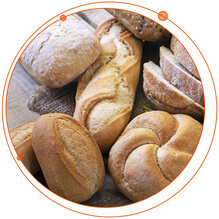
Screening Food for Allergens Using LC-MS/MS Analysis
Browse the shelves of any grocery store, and you may get a false sense of security when it comes to ingredient lists. As much as consumers want to trust labels, the truth is, food products could contain mislabelled ingredients, such that they trigger an allergic reaction with serious detrimental effects including discomfort, pain sickness and in some instances, death. Manufacturers, however, do not want to risk their reputation and consumer safety over a false label. As such, there must be some sort of verification to support such an action

4 Reasons Why Your Lab Needs Remote Monitoring
You know the drill, lab managers are always seeking new solutions to keep their labs running at peak performance and instrument or system disruptions can be detrimental. Wouldn’t it be nice if there were a way to connect to your lab from anywhere securely and to stay ahead of potential instrument problems? By using remote monitoring, labs are now able to respond to issues quickly and efficiently, productively reducing downtime.
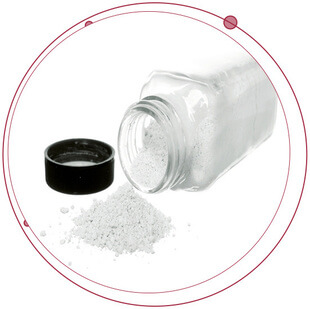
Testing for a Variety of Bath Salts is a Necessity for Forensic Labs
To date, when it comes to testing urine or oral fluids in the workplace not all psychoactive substances can be detected due to evolving substitutions. As legislation changes, so too do chemical formulations. Therefore researchers, like the authors of the following publication, A Validated Method for the Detection of 32 Bath Salts in Oral Fluids, published by Oxford Academic, analyze compounds using the best available methods so they can cast a wider net.
Empowering Your Lab with a Proactive Approach
Do you stay in the lab day and night, waiting for a sample run to finish? Or do you set your instrument to run and trust that it will operate as intended while you are away? Is there a way you can have a support network behind you to help to ensure the smooth operation of your instruments?
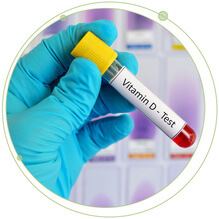
Vitamin D Analysis Made Simple
Last month, Dr. Phil Levy, a clinician, professor, and researcher at Wayne State University, was invited to SCIEX to lecture on ‘Vitamin D Measurement and Implications for Patient Care.’ His message was simple and very clear: Vitamin D testing is here to stay!
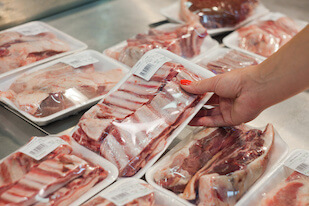
What does World Food Day Mean to Food Scientists?
Did you know that the Food and Agricultural Organization of the United Nations (FAO), celebrates its founding each year on October 16 with World Food Day? You can explore their theme and commitment to ending hunger by 2030 here. As part of their, “Ten Facts You Need to Know about Hunger,” perhaps you may find it interesting that, “The world will need to grow 60 percent more food by 2050 to feed the growing population.”

Transform the Analytical Power of Your SCIEX Mass Spec with SelexION Technology
If you are working with complex assays that demand exceptionally selective quantitative and qualitative performance, sometimes even the most powerful LC-MS/MS technology can’t always cut it alone.

Fipronil Contamination in Eggs Update
Since my last blog, there has been an ongoing investigation into the widespread impact of contaminated egg products. According to The Grocer, 26 more egg foods were pulled from shelves in the fipronil scandal, bringing the total number to 69 products....

5 Ways That SelexION Technology Will Address Your Biggest Analytical Challenges
If you are a scientist working with complex assays, finding a way to significantly improve selectivity of detection could solve some of your biggest analytical headaches. Are we right? If so, then you are in the right place. If you are confronted with assay...
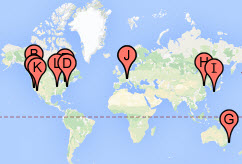
Multi-Laboratory Study Highlights the Quantitative Reproducibility of SWATH Acquisition (Nature Communications Paper)
Reproducibility is one of the key tenets of the scientific method. But in a recent survey published in Nature, more than 70% of researchers were not able to reproduce another scientist’s experiments, and more than half could not reproduce their own experiments1. While the reasons for this are many, at least some of them stem from issues inherent in data collection.
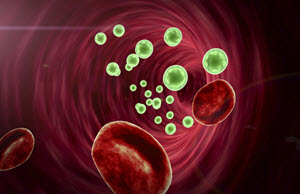
Why is Metabolomics Important and How is it Enabling Precision Medicine?
Why is metabolomics important?
Metabolomics is the large-scale study of metabolites in biofluids, tissue extracts, or organisms. Metabolites are small (<1000 Da), biologically active molecules such as glucose, cholesterol, creatinine, hormones, lipids, and more.

Training Program for Today’s Food and Beverage Testing Lab
Is your lab looking to acquire methods for food testing? What about getting better acquainted on the SCIEX Triple Quad™ or QTRAP® mass spectrometers to learn quantitation better? The following SCIEXUniversity Success Program training courses not only cover food and beverage quantitation but offer application training on topics such as meat speciation testing and pesticide analysis. Especially important considering the latest Fipronil contamination in eggs.I want to sign up for courses >